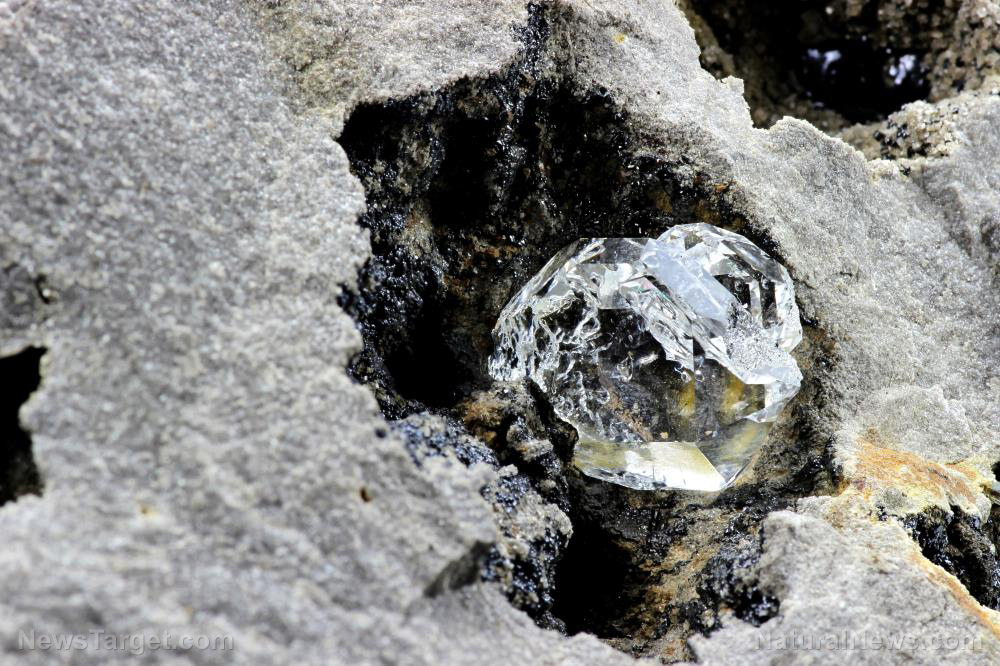
The latest data shows that the U.S. is 100 percent reliant on imports for at least 12 different key minerals that have been deemed as "critical" by the government. And who do you think primarily supplies said minerals? Communist China.
Visual Capitalist's Niccolo Conte and Pernia Jamshed collected data from the U.S. Geological Survey (USGS) showing America's import dependence for 30 different key non-fuel minerals, as well as the nations from which the U.S. primarily imports them.
Arsenic, fluorspar, gallium, indium, manganese, niobium, scandium, tantalum, and yttrium all top the list as being 100 percent imported into the U.S. from elsewhere, with communist China being the primary source for five of these 10 minerals.
Bismuth and other "rare earths" are 96 and 95 percent, respectively, sourced from elsewhere, followed by titanium at 95 percent, and antimony and chromium at 83 percent.
At least or greater than 50 percent of the following minerals are also primarily imported into the U.S. from other countries:
• Tin
• Cobalt
• Zinc
• Aluminum (bauxite)
• Barite
• Tellurium
• Platinum
• Nickel
• Vanadium
• Germanium
• Magnesium
• Tungsten
• Zirconium
(Related: Demand for "critical" rare-earth minerals is rapidly outpacing available supplies.)
How will the U.S. ever be energy independent if most of these critical "green" inputs come from overseas?
As you can see, the vast majority of the minerals needed by the U.S. to fuel its "green" economy come from other countries, with the most prominent country being China.
China is the primary import source for arsenic, gallium, graphite (natural), tantalum, yttrium, bismuth, rare earths (compounds and metals), antimony, barite, germanium, and tungsten.
The U.S. also imports 100 percent of the following minerals from the following countries:
• Fluorspar from Mexico
• Indium from the Republic of Korea
• Manganese from Gabon
• Niobium from Brazil
• Scandium from Europe
The "rare earths" category, by the way, includes a grouping of 17 nearly indistinguishable heavy metals with similar properties that are essential in technology, high-powered magnets, electronics, and various other industries.
Natural graphite is also a critical component for lithium-ion batteries, which are used in mobile phones, power tools, laptop computers, electric vehicles (EVs), and all sorts of other modern inventions.
Arsenic, fluorspar, indium, manganese, niobium, and tantalum are used in a variety of applications such as the production of alloys and semiconductors, as well as in the manufacturing of electronic components such as LCD screens and capacitators.
As of Aug. 1, 2023, communist China has imposed export restrictions on gallium and germanium. This is bad news for the U.S., which is 100 percent reliant on China for gallium and 50 percent reliant on China for germanium.
"These restrictions are seen as a retaliation against U.S. and EU sanctions on China which have restricted the export of chips and chipmaking equipment," reports indicate.
"Both gallium and germanium are used in the production of transistors and semiconductors along with solar panels and cells, and these export restrictions present an additional hurdle for critical U.S. supply chains of various technologies that include LED lights and fiber-optic systems used for high-speed data transmission."
The European Union (EU) is also feeling the heat from these export restrictions as it imports 71 percent of its gallium and 45 percent of its germanium from China.
"It's another stark reminder to the world of China's dominance in the production and processing of many key minerals ... The announcement of these restrictions has only highlighted the importance for the U.S. and other nations to reduce import dependence and diversify supply chains of key minerals and technologies."
The "green" energy scam is devouring the American economy. Learn more at GreenTyranny.news.
Sources for this article include:
Please contact us for more information.





















